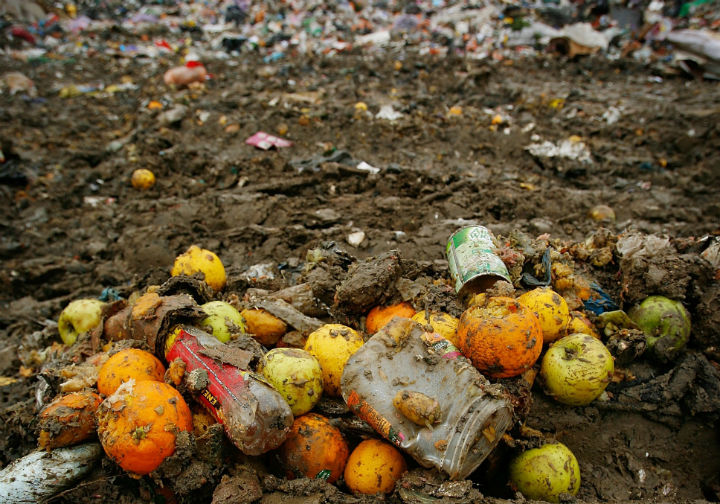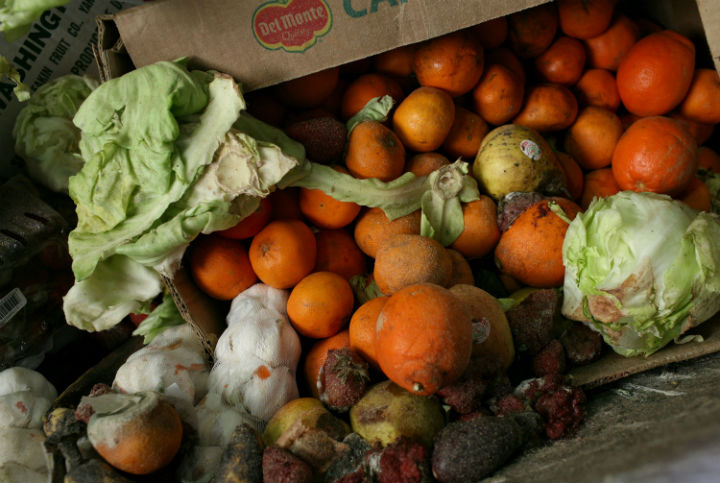VANCOUVER – So much of the world’s food is going to waste the economic loss amounts to more than the gross domestic product of Saudi Arabia and Cyprus combined.

The UN said more than 1.3 billion tonnes of food — one-third of the all the food produced on the planet — is lost in production, distribution and consumption and that works out to a US $750-billion loss.
By comparison the GDP for the Saudi Arabia — the world’s 31st richest country — was approximately $727 billion in 2012. Throw in Cyprus — at $23 billion last year — and you can get an idea of just how much food waste costs.
Meanwhile, there are 870 million people that go hungry each and every day, the UN Food and Agricultural Organization’s (FAO) Director-General José Graziano da Silva said.

According to the FAO report, titled “Food wastage footprint,” the majority of the loss (54 per cent) is happening while the food is being processed after it has been harvested, and that’s happening mostly in developing countries.

Get breaking National news
The remainder of the food loss, 46 per cent, goes to waste after food makes it to the marketplace or when it’s being consumed and FAO said middle- and high-income regions of the world are primarily to blame for that.
“A combination of consumer behavior and lack of communication in the supply chain underlies the higher levels of food waste in affluent societies,” the organization said. “Consumers fail to plan their shopping, overpurchase, or over-react to ‘best-before-dates,’ while quality and aesthetic standards lead retailers to reject large amounts of perfectly edible food.”
“All of us – farmers and fishers; food processors, restaurants and supermarkets; local and national governments; individual consumers – can and must do a lot of things to help prevent food wastage from happening in the first place, and re-use or recycle it when we can’t,” Graziano da Silva said in a speech on Wednesday.
FAO is trying to encourage more responsible practices to limit the amount of food that’s not making it into stomachs and just becoming garbage.
“Uneaten food that ends-up rotting in landfills, the single largest component of most countries’ municipal solid waste, accounts for as much as 25 percent of national methane emissions,” FAO said.
The organization uses the old conservation adage “reduce, re-use, recycle” as a potential way to combat the massive loss of food.
FAO said food producers need to reduce food wastage from the get go, re-use what’s not going directly to consumers — either donating extra food to those in need or using food not fit for human consumption to feed livestock — and recycling by-products to cut down on the environmental impact of the waste.
The study put a big focus on how much this waste is affecting the environment, from emissions to water usage.
The volume of water used to produce food that goes to waste is equal to that of the Zambese River, FAO said, while the emissions created from production wasted food works out to 3.3 billion tonnes of greenhouse gasses.




Comments